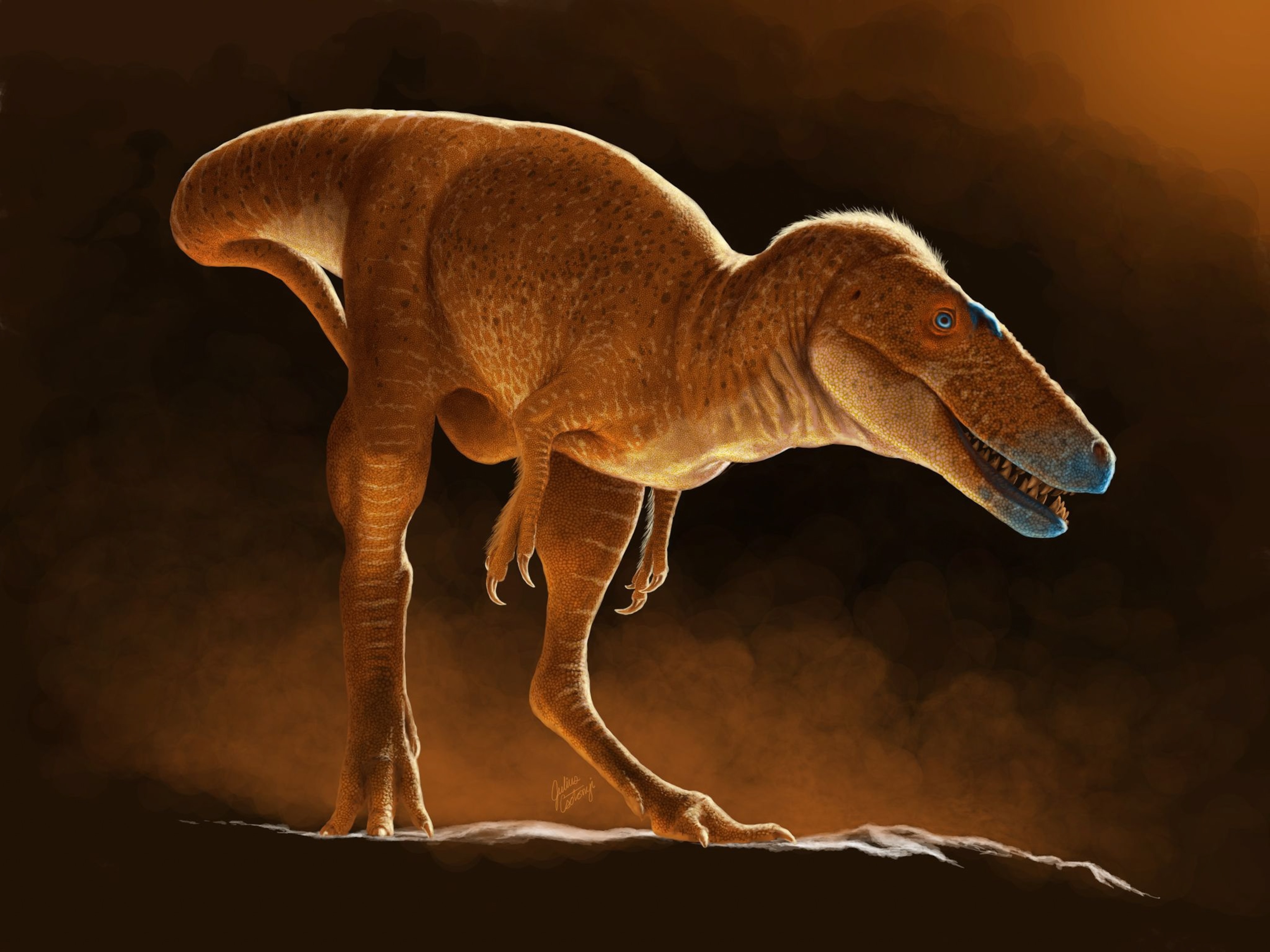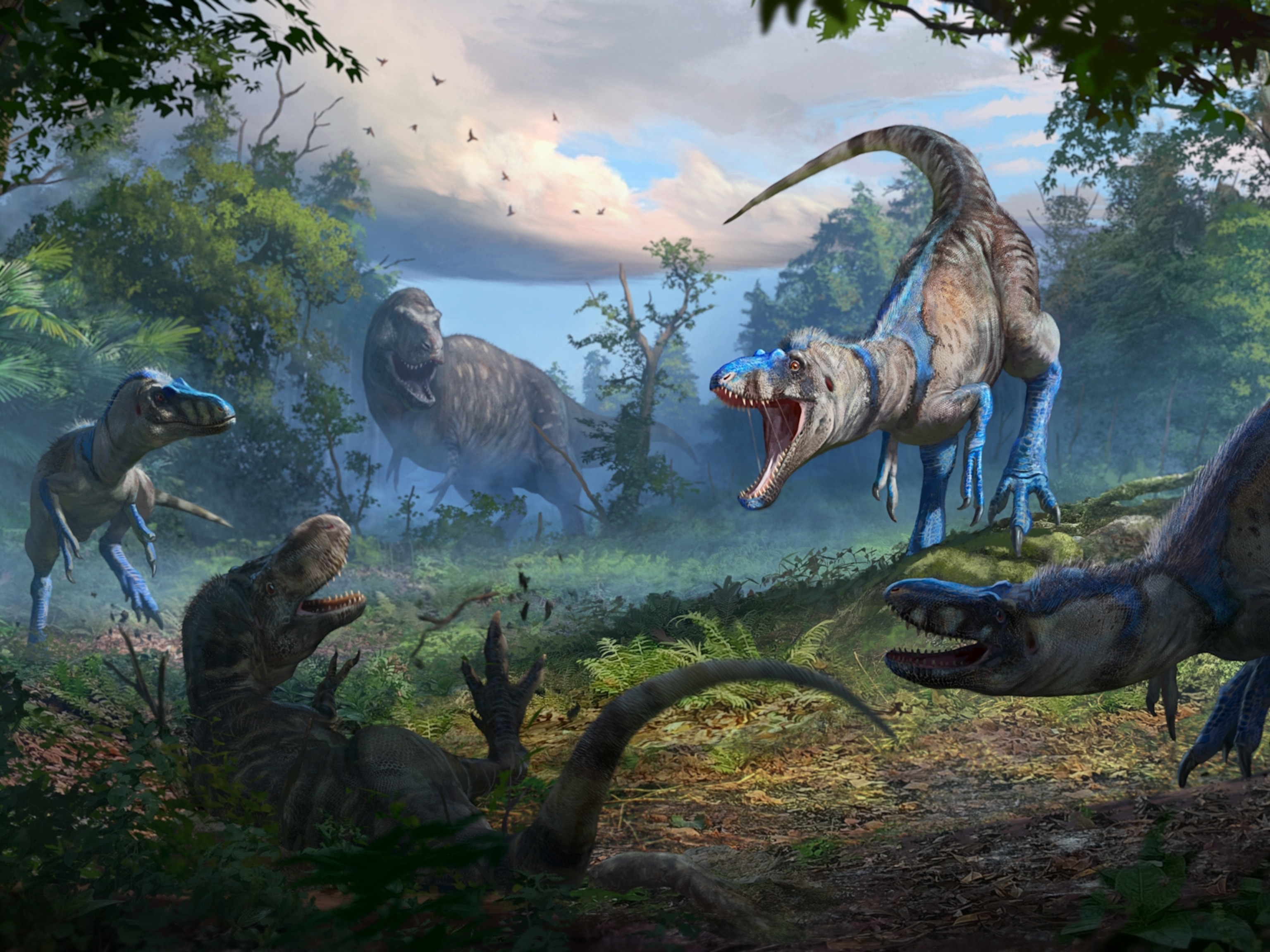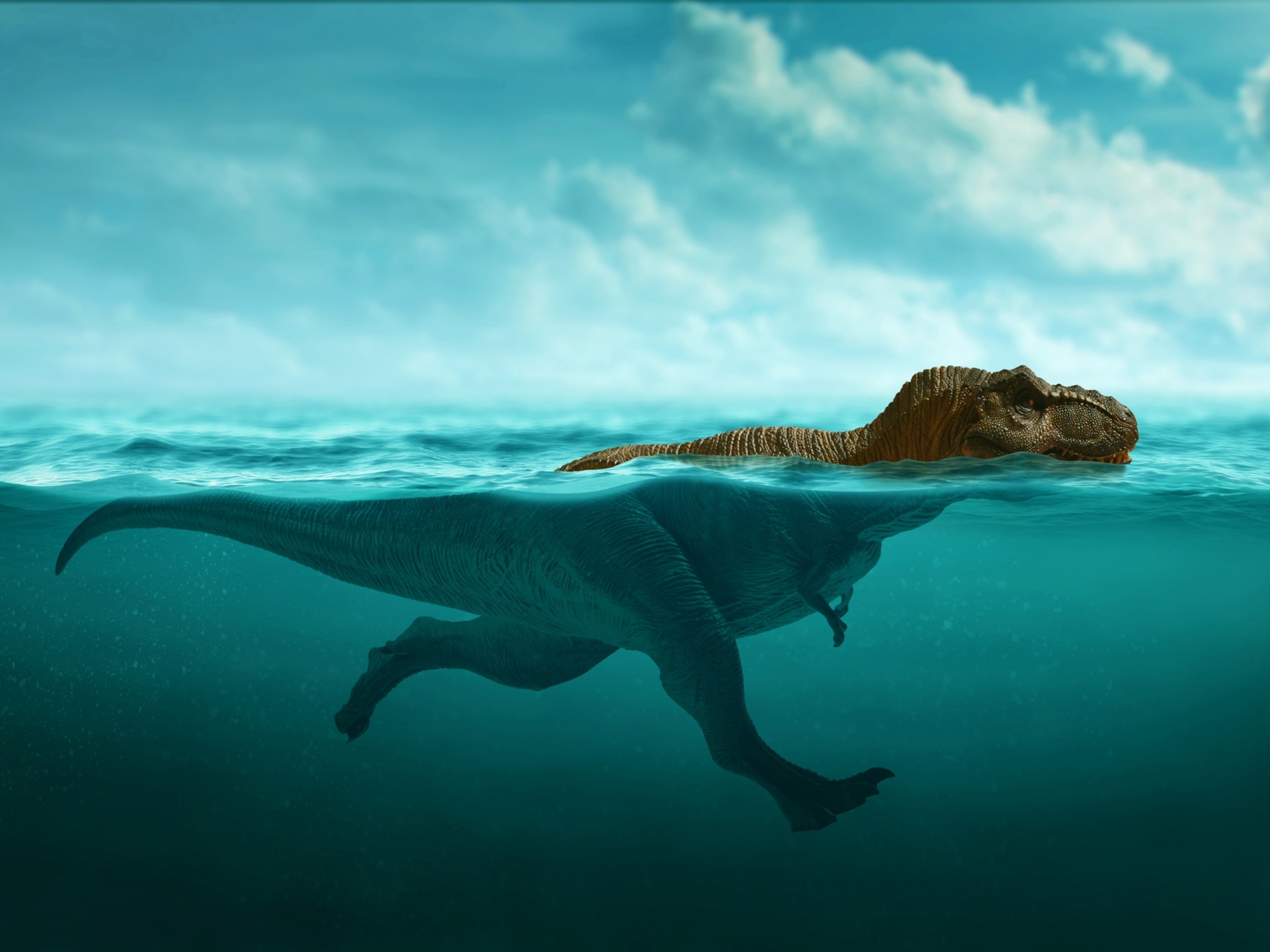
T. rex's Oddball Vegetarian Cousin Discovered
A newly discovered dinosaur from South America doesn’t fit easily into any known category.
You might not recognize the word “therapod,” but you almost certainly know members of this terrifying group of dinosaurs, including Velociraptor and the fearsome T. rex—the most terrifying predators that ever walked the Earth. So it's shocking that a newly discovered therapod not only looks like a strange mash-up of other dinosaur types, but was a vegetarian.
A team of Chilean and Argentinian scientists report the new dinosaur species Monday in Nature. Its name, Chilesaurus diegosuarezi, honors the seven-year-old son of team geologists, Diego Suarez, who first spotted its bones at the Toqui Formation in southern Chile.
“At first,” says Fernando Novas, of the Argentinian Museum of Natural Sciences, lead author of the Nature report and a National Geographic grantee, “we thought we had a typical Jurassic dinosaur.” Pelvic bones from the fossils, which dated to about 150 million years ago, at first appeared to be from the ornithischian group, which includes Stegosaurus and Triceratops.
The small head bearing small, spatula-shaped teeth, however, along with a thin neck and robust limbs, more closely resembled dinosaurs from the sauropodomorph group—Brontosaurus and its relatives. And the vertebrae had perforations, which are typically found in therapods.
“It really is a very strange and exciting combination of features. If I hadn’t seen an articulated [assembled] specimen, I’d have found it hard to believe,” enthuses National Geographic Explorer Paul Sereno of the University of Chicago.
To figure out what this bizarre creature actually was, Novas and his co-authors compared its features with those of each of the three other groups to see which it was most similar to. “The best-supported conclusion,” says Novas, “is that it’s a basal [which is to say, primitive,] therapod, which acquired features resembling those of the other groups as it evolved from a meat-eater into a plant-eater."
Such transitions are relatively rare in evolutionary history, but not unheard of. One familiar example: the plant-munching panda, which evolved from a carnivorous ancestor whose other descendants include the polar bear and the grizzly.
Paleontologists have unearthed a handful of herbivorous therapods in the past, but all the previous cases came from much later in the evolutionary record, and were evidently not very common. In this case, says Sereno, “this thing was major part of the fauna.”
That’s a surprise for more than one reason. Fossils show that in other parts of the world, such as what's now the United States and Africa, ornithischian dinosaurs like Stegosaurus and Triceratops dominated, not big theropods like T. rex.
Why that should be is still anybody’s guess. “There’s no clear answer,” says Sereno, “but that’s where the research needs to go.” Fortunately for dinosaur experts, those answers may be waiting in the rocks where Chilesaurus was uncovered.
“What we’ve already discovered,” says Novas, “is just the tip of the iceberg. More specimens will appear, not just of Chilesaurus,” but also of the meat-eaters that preyed upon it.
It’s already clear that South America is dinosaur paleontology’s next great frontier—and that the terrible lizards in general were more diverse than even the experts can quite wrap their heads around. “There’s something fundamentally different about dinosaurs,” says Sereno, “as experimental animals in laboratory of evolution.”




